Download

When replacing a multi-lined selection of text, the generated dummy text maintains the amount of lines. When replacing a selection.
Arnold russel

Online Support
989240005224 hours online support our customer.replacing a multi-lined selection of text.
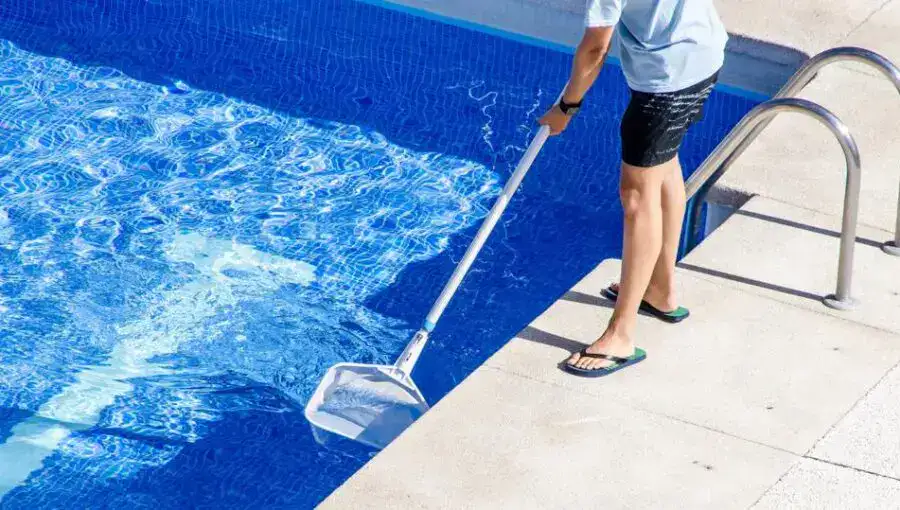
A Team Approach to Maintaining Swimming Pools
Do you feel like you have no time because it’s all spent handling daily maintenance? Have you increased lifeguard pay in order to keep qualified candidates?
Modern pools with new types of amenities call for more specialized maintenance, training, and supervision. Additionally, today’s lifeguards are demanding higher pay, so it makes sense to utilize them in more ways. With proper training, you can empower them to perform as an extension of your maintenance team, helping with common daily and preventative maintenance tasks. This can make your current maintenance staff or service provider more efficient.
Delivery of maintenance services
Daily maintenance includes tasks such as water testing, chemical dosing, vacuuming, backwashing, and changing chemical-feeder tubing.
While a dedicated aquatics technician or service company offers immediate, knowledgeable service in performing these tasks, they also become a dedicated expense item. For this reason, many smaller facilities utilize their aquatics-management staff to perform these duties. But this places an added time burden on an already busy manager. Utilizing part-time staff instead can help solve both problems − and improve efficiency.
This is vital work for any facility. Equipment has varying lifespans, impacted not only by how the equipment was made but also by the care with which it and the water chemistry are maintained. In some cases, longevity relies mostly on the preventative maintenance that is performed — or not performed. Clean equipment works better and lasts longer.
Where can lifeguards help?
Lifeguards shouldn’t be used for all maintenance-related tasks, as they may not have the proper training or certifications. Certain age-based codes may also place legal limits on what they can perform.
But other duties are appropriate. For instance, a series of inspections should be completed on a daily or near-daily basis. This includes checking the water level, calibrating and recording readings from chemical controllers, inspecting chemical feeders for leaks, and testing the water quality. To monitor system functions, staffers should also check pressure gauges on filters, monitor flow meters, and see if motors are running too hot.
These inspections require only the use of senses such as sight, smell, and sound. Therefore, no special certification is required.
Additionally, many tasks fall directly in line with the cleaning that lifeguards typically perform. This includes pool vacuuming; and cleaning such items as skimmer baskets, surfaces, benches, tables, furniture, and restrooms. They also can ensure that ladders, steps, and lifts are operational.
Other jobs that could be added to their to-do list: cleaning sensors, chemical-feeding tubes, flow meters, and amenities such as the play structures or water slides. They can replace chemical-feeding tubes when necessary, as well as review, update, and organize Safety Data Sheets (SDS), PPEs, and chemical safety equipment.
Some facilities restrict lifeguard staff from accessing chemical rooms, pumps rooms, or electric rooms. In these cases, perhaps part-time managers with access can perform tasks in these areas.
Training
Regardless of how you assign these duties to staff, proper training will be key to their success.
This should start with a basic orientation. Most facilities have a new hire or pre-season orientation, however maintenance duties usually are not included in that training. Training at the orientation should be followed up with reviews at weekly or monthly training. Most facilities have weekly or monthly in-service sessions to address risk management, but does yours include preventative-maintenance training?
During the initial orientation and ongoing training, take staff around the facility and demonstrate how to perform regular maintenance tasks. Show how you expect things to be done, and emphasize the positive impact that proper maintenance has on the pool, budgets, and safety.
Many maintenance duties require practical experience to become proficient. For this reason, training should continue with one-on-one mentoring. This work is probably new, especially to your teenage staff, so you should show what to do, then properly coach on technique and expectations. It’s also important to check up on completed work and provide constructive feedback. This can seem like a time-consuming process, but teaching them, in the beginning, saves countless hours in the long run.
Lastly, involve senior staff in the regular training for new staff. Several facilities or organizations have created YouTube pages that include fun how-to videos about daily work activities. Teen workers can help you bring your training practices into the 21st century. Most lifeguards don’t end up with a career in aquatics — they have passions for other industries. Perhaps you have a budding chemistry expert on staff who knows a lot more about it than you. How about having them explain water testing procedures? Don’t know how to update your website or create videos? Find out if one of your staff has a passion for creative design or film production. Not only do you gain a valuable training tool for the future, but you’ve also created a unique learning experience and an important resume builder for your staff.
Embracing the digital world
Many lifeguards are teenagers who have been exposed their whole lives to the Information Age. Employees of all types say they email, text, blog, and tweet at work when not busy.
Today’s lifeguard isn’t afraid of this technology, and you can use this to your advantage. Today, the aquatics industry has access to an increasing number of inexpensive digital tools for daily checklists, chemical records and dosing, pool closure forms, and pretty much anything else that may need to be documented. By using these tools, you easily organize and provide instant access to information and create a transparent work environment. This also allows for instant communication with your staff, which has become the expectation in today’s world.
With the current trends in technology improving our ability to access information, and the changing landscape of aquatics operations, digital solutions will eventually become a standard for all pools. The benefits of using a web-based documentation tool can and will help improve the safety and sustainability of pools and will help empower your young staff by providing them access to more information. This, along with proper training, can increase your maintenance efficiency and improve facilities on many levels.
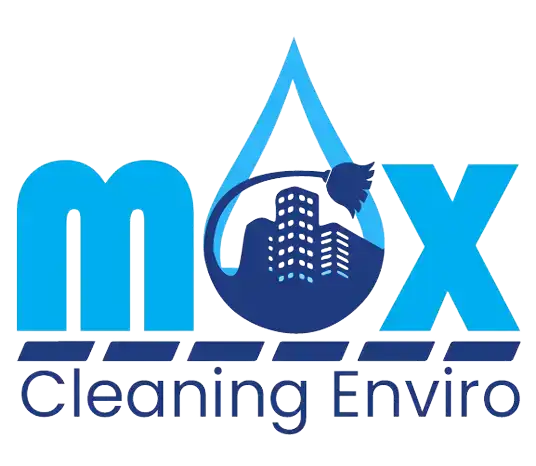


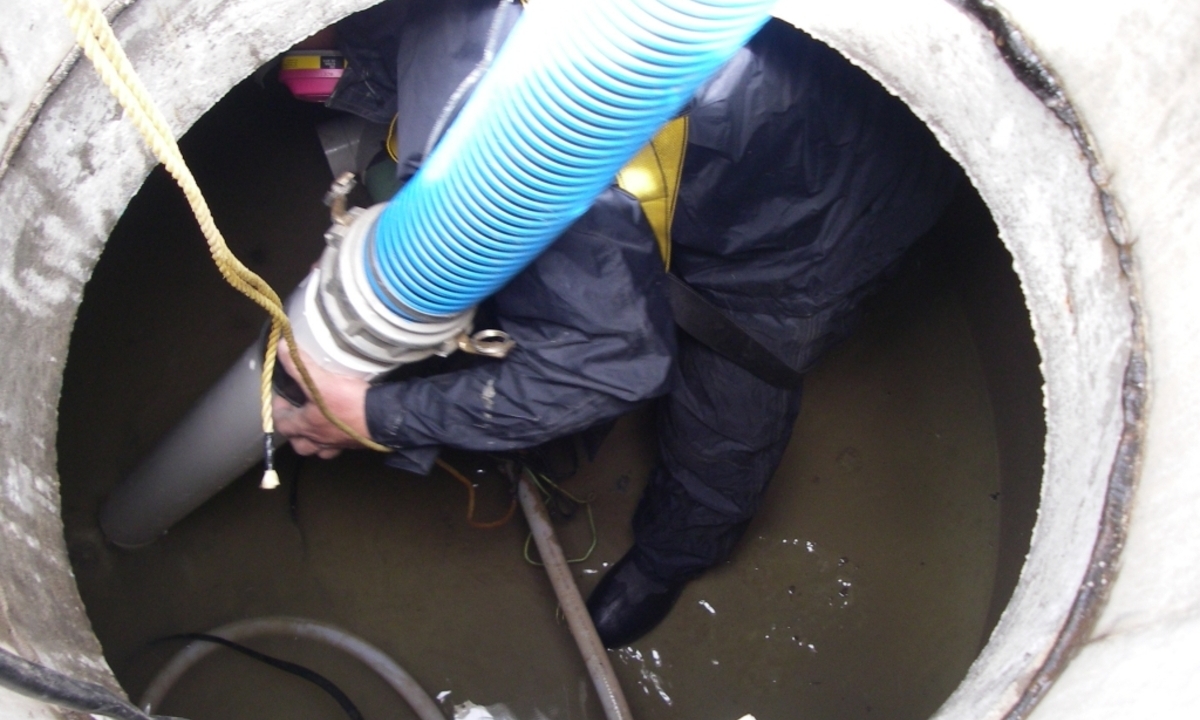
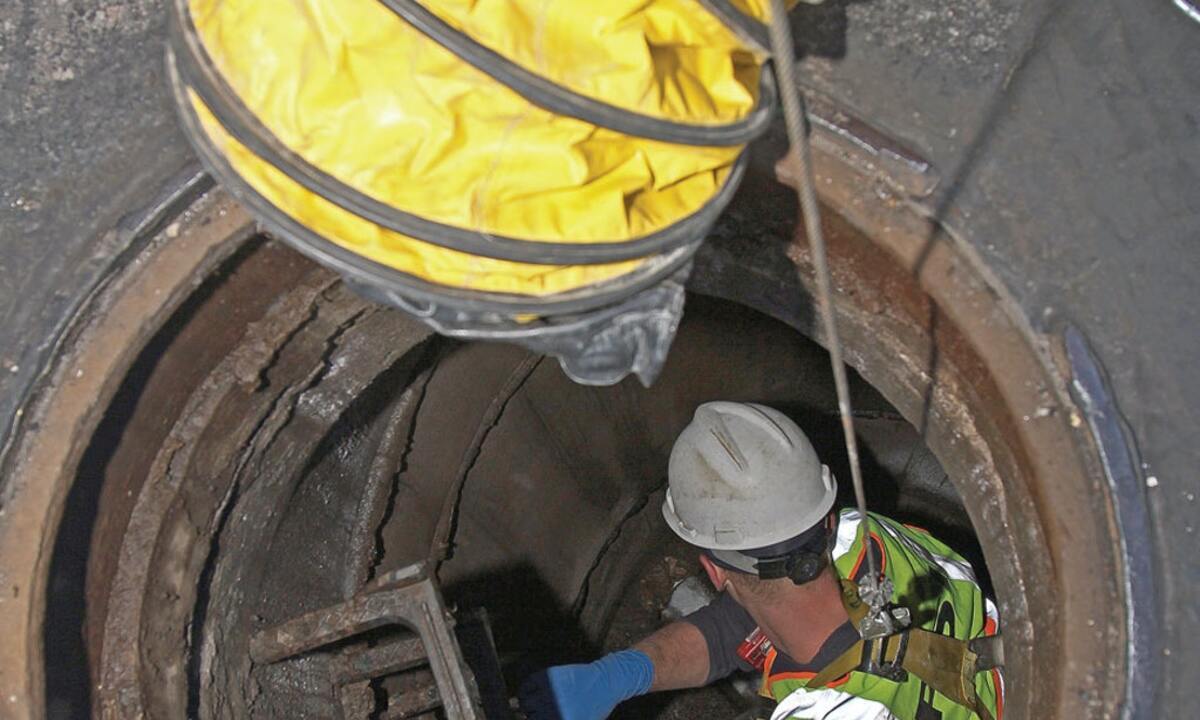
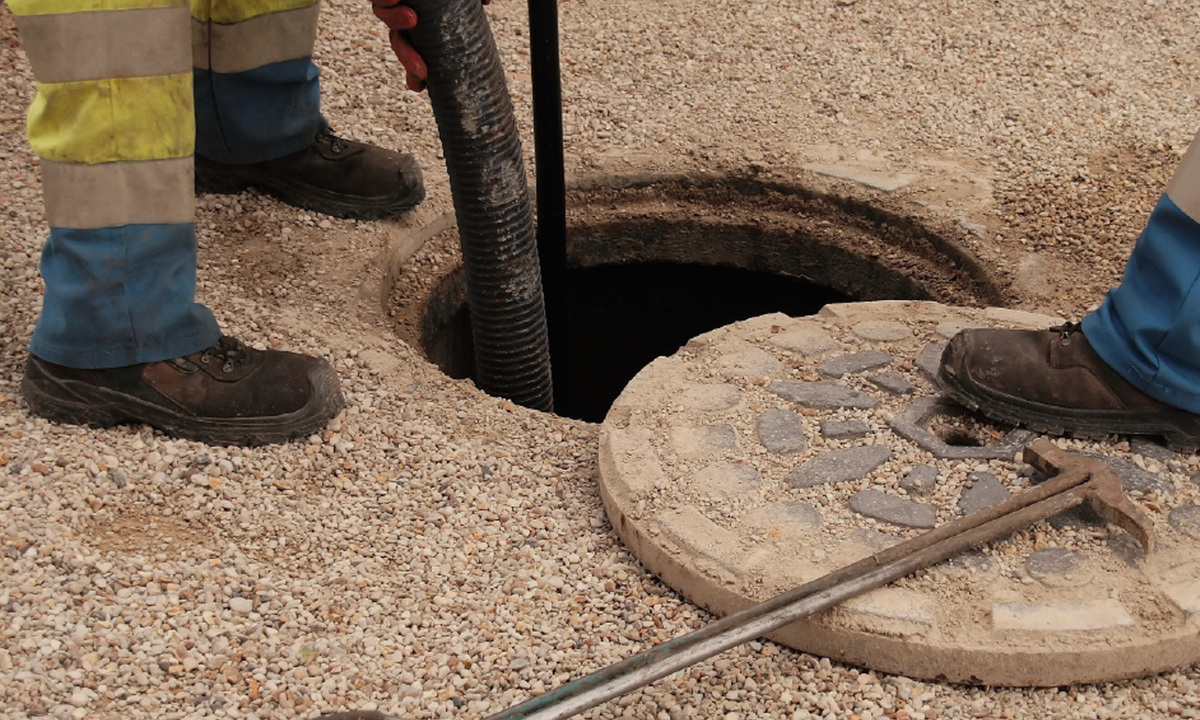
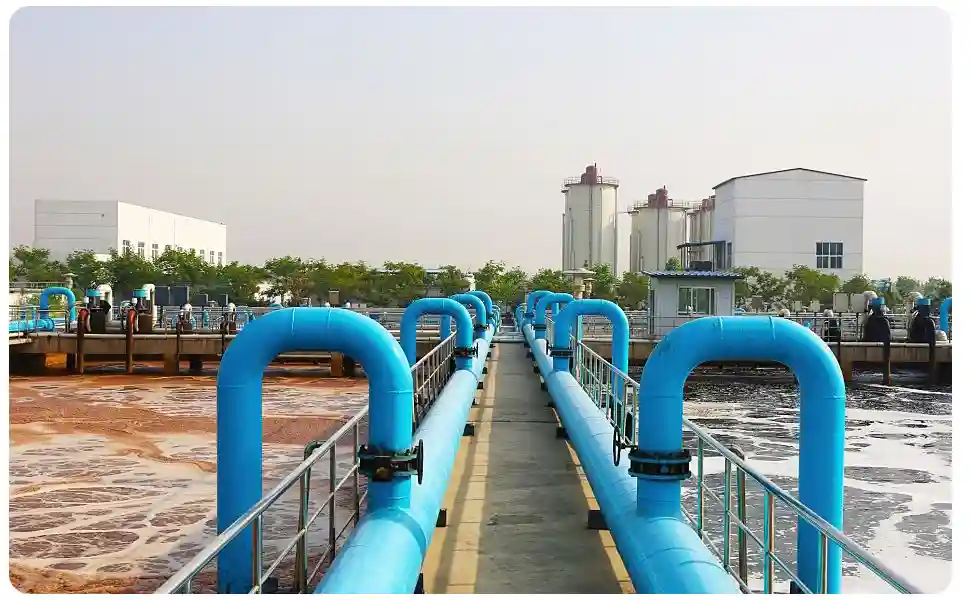



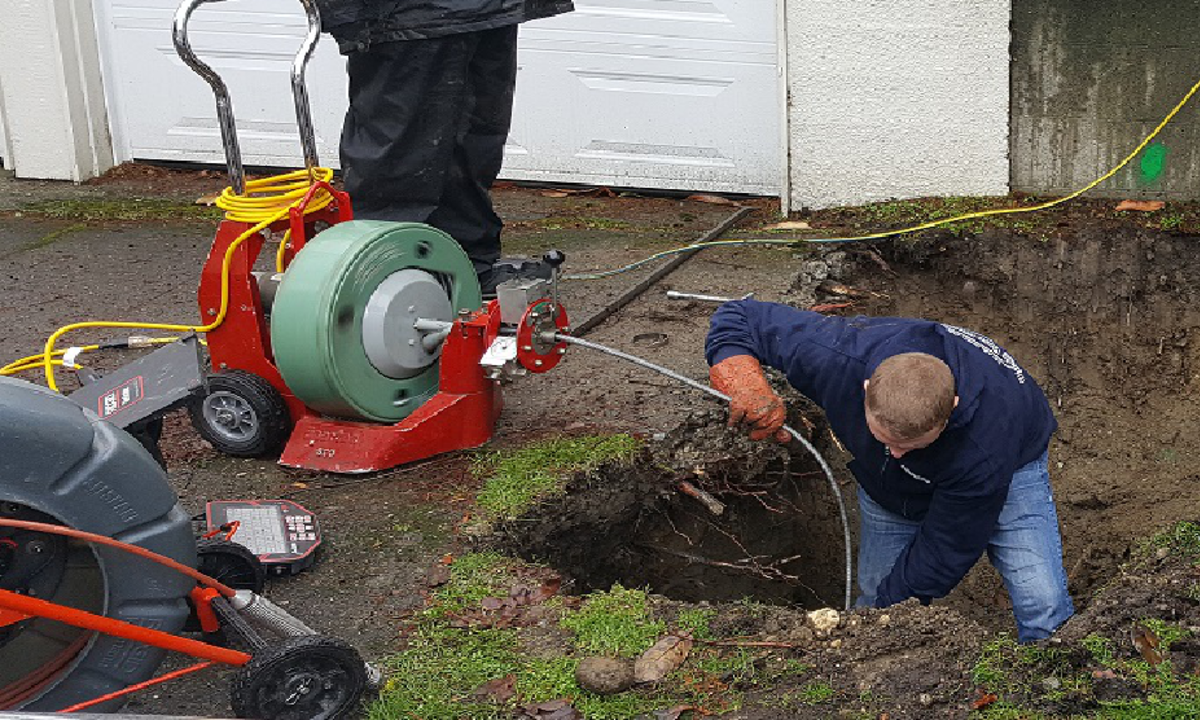
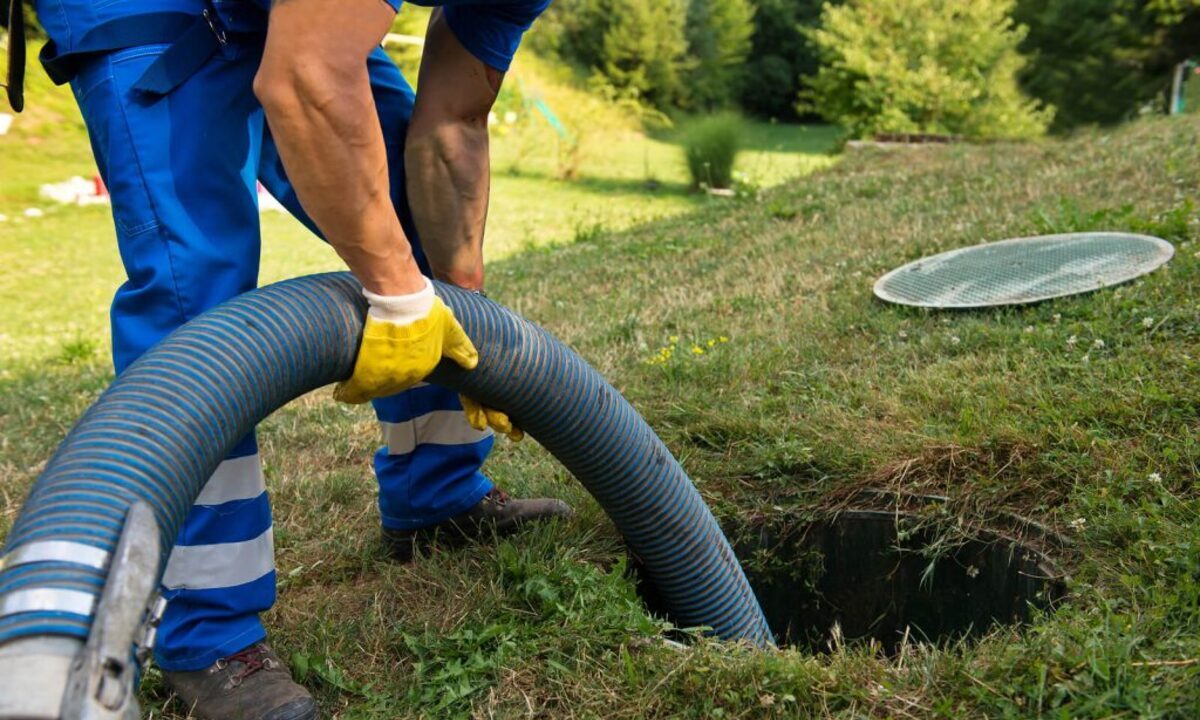
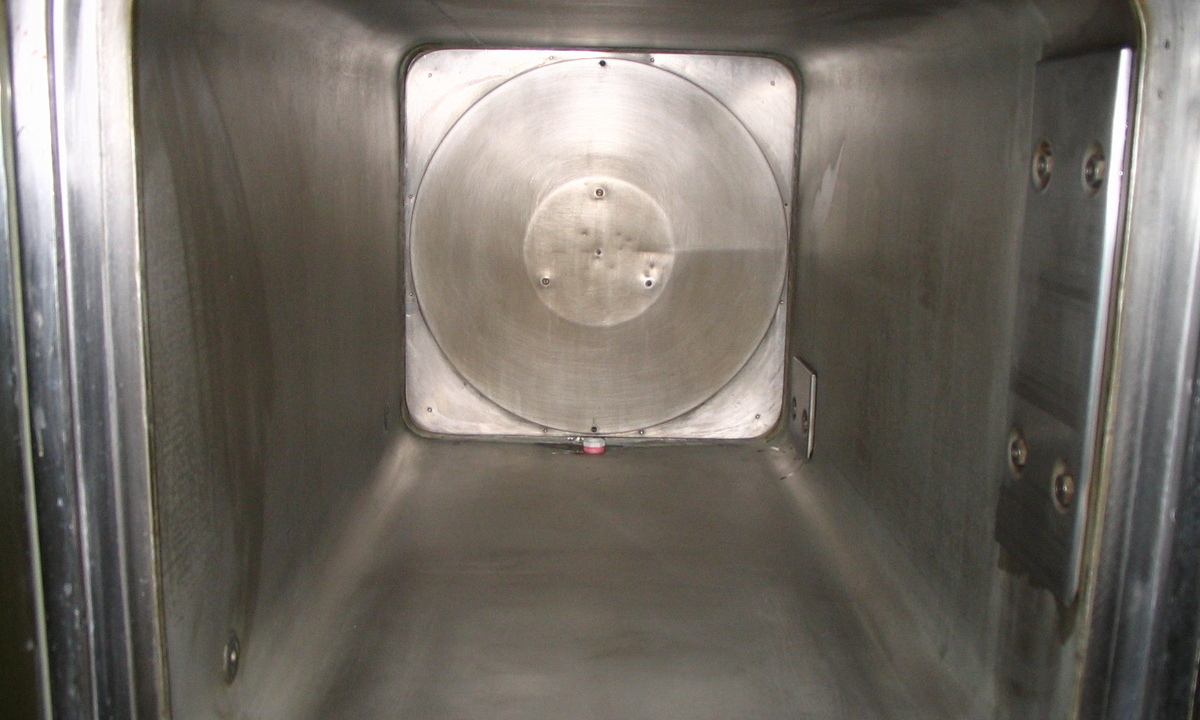
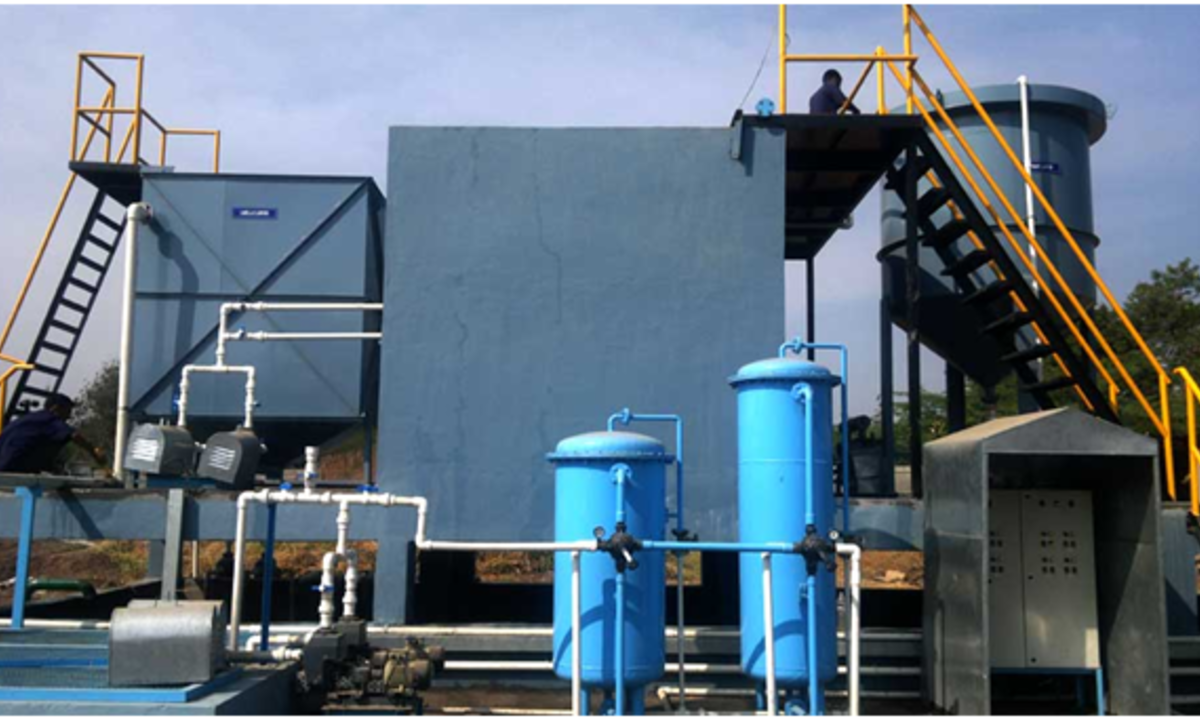
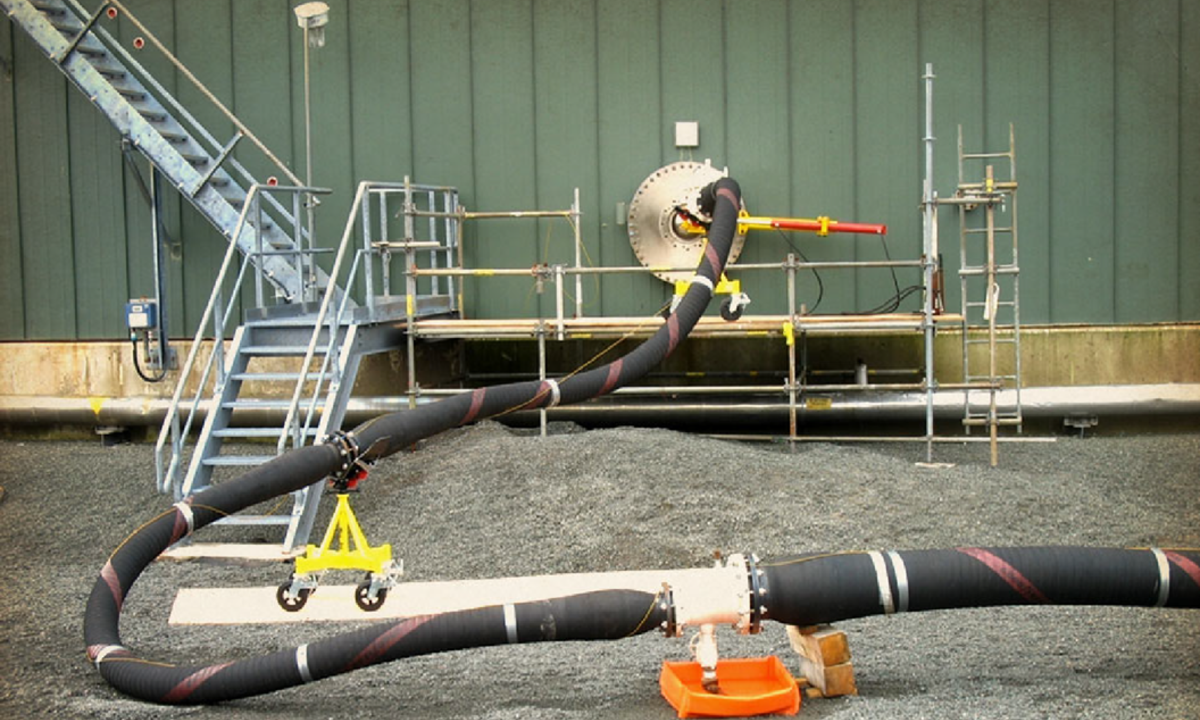
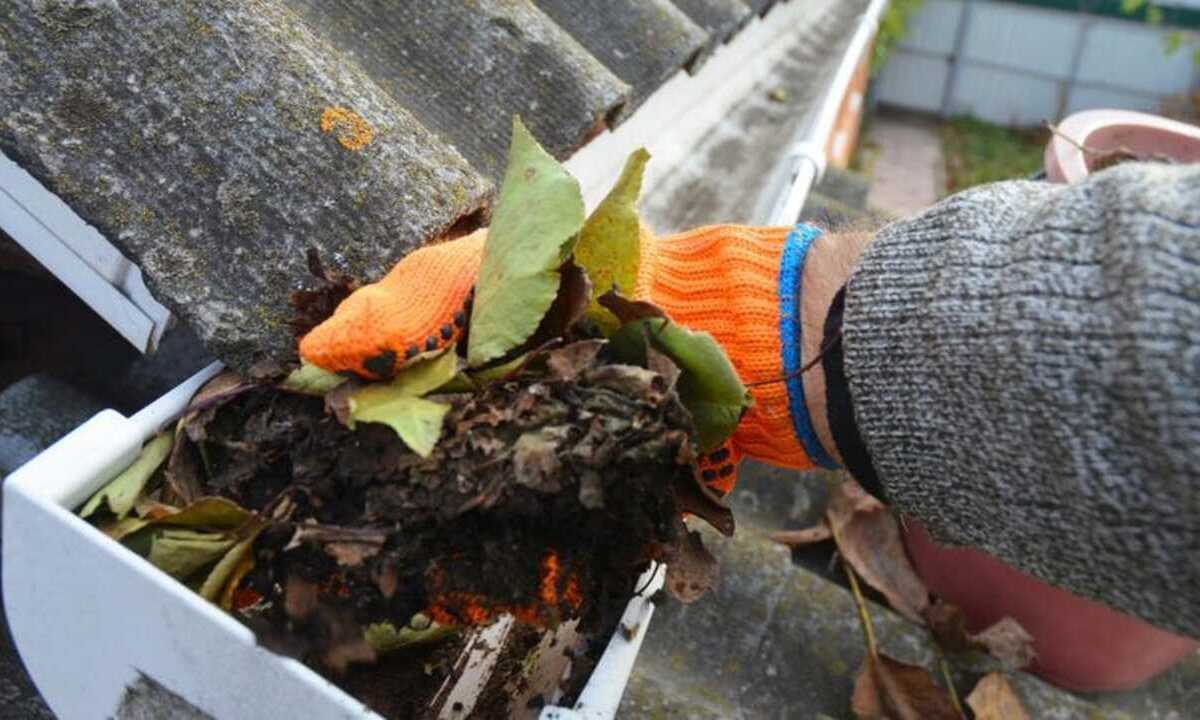
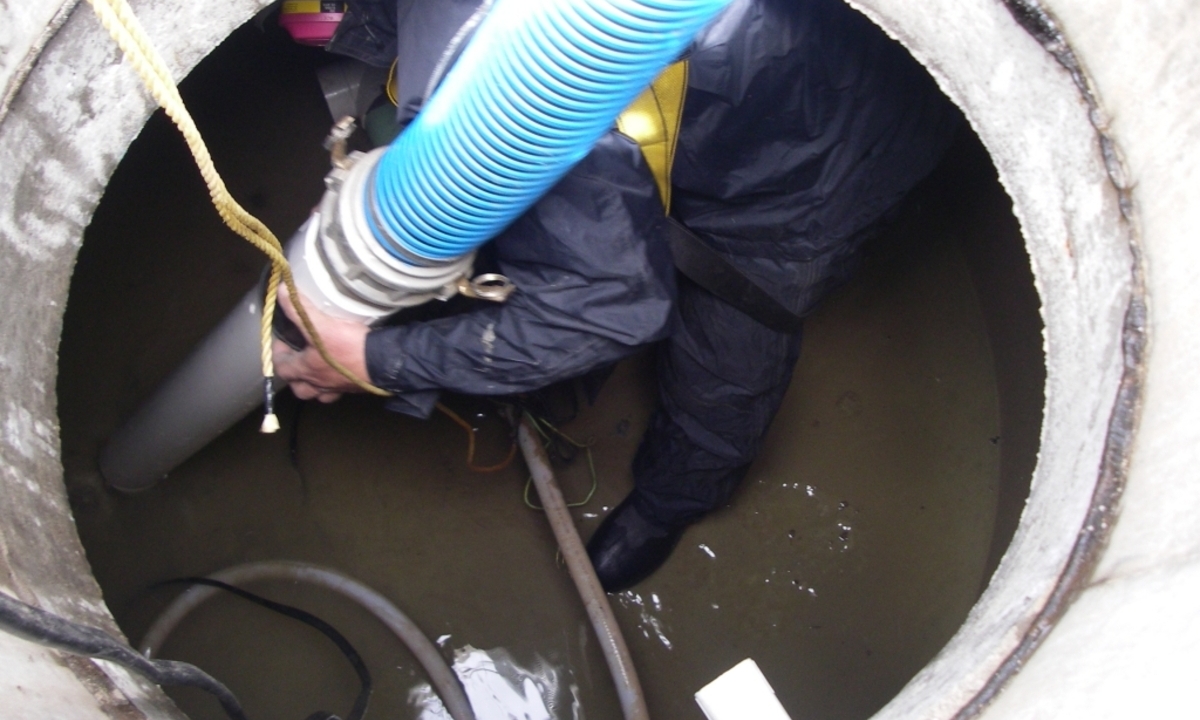

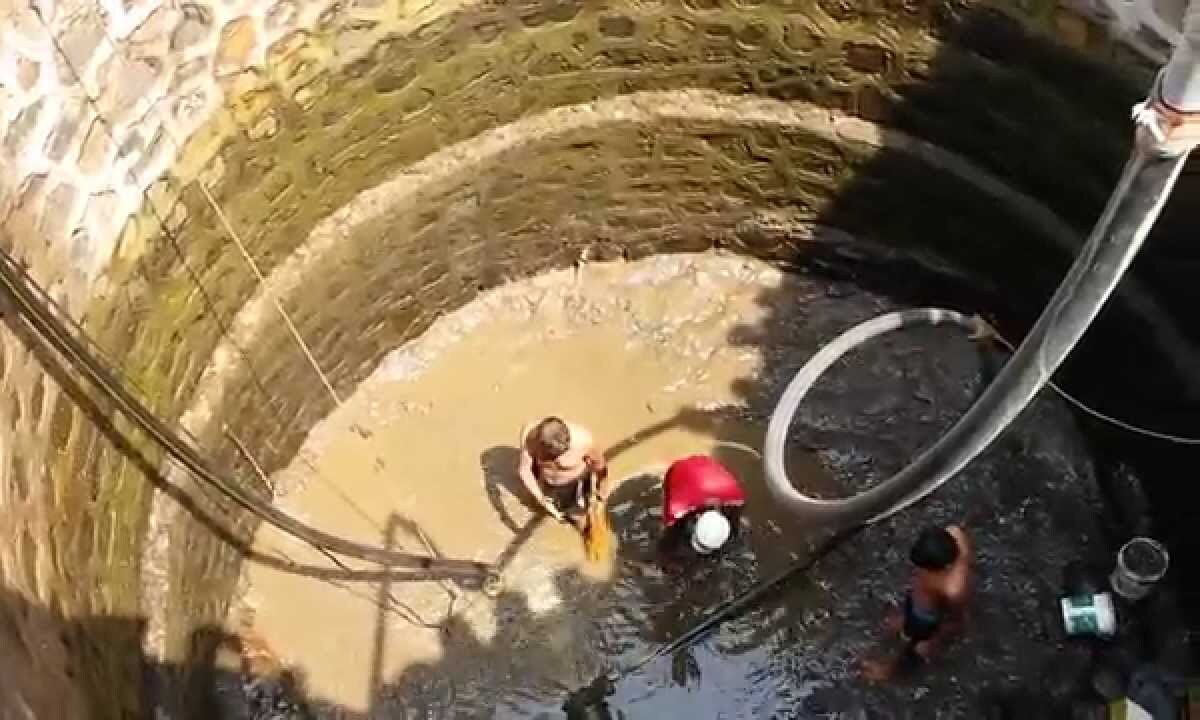

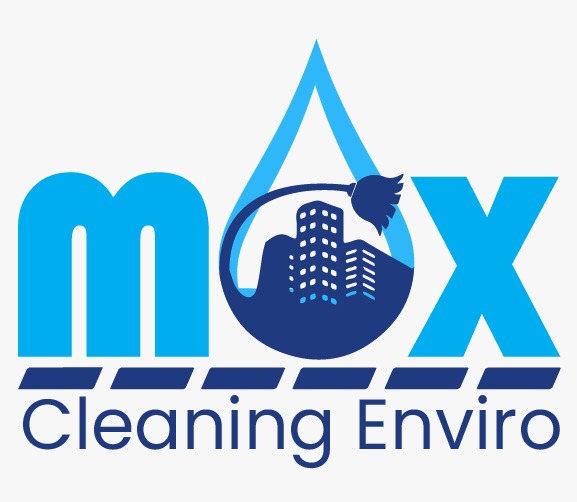
Leave a Reply